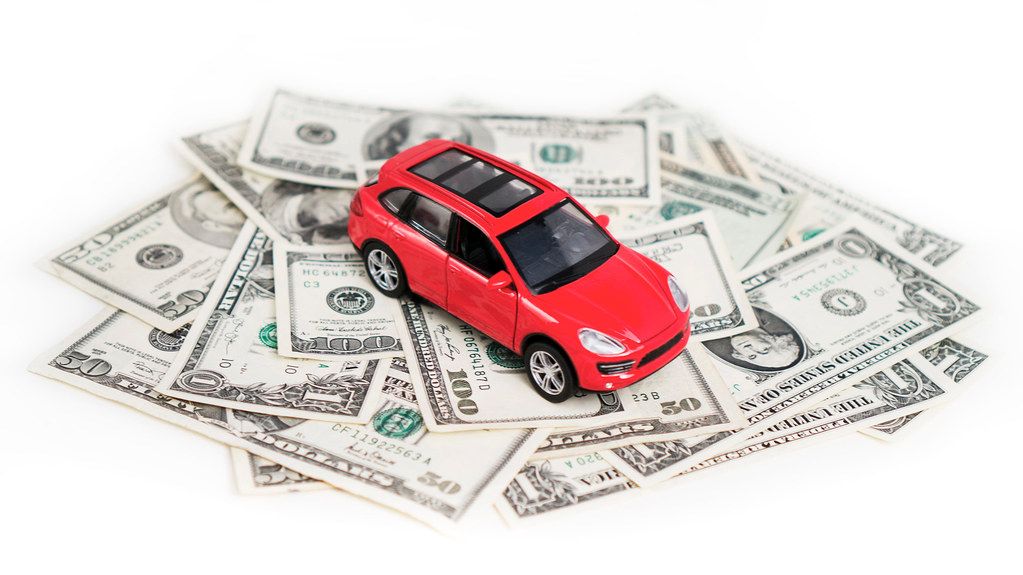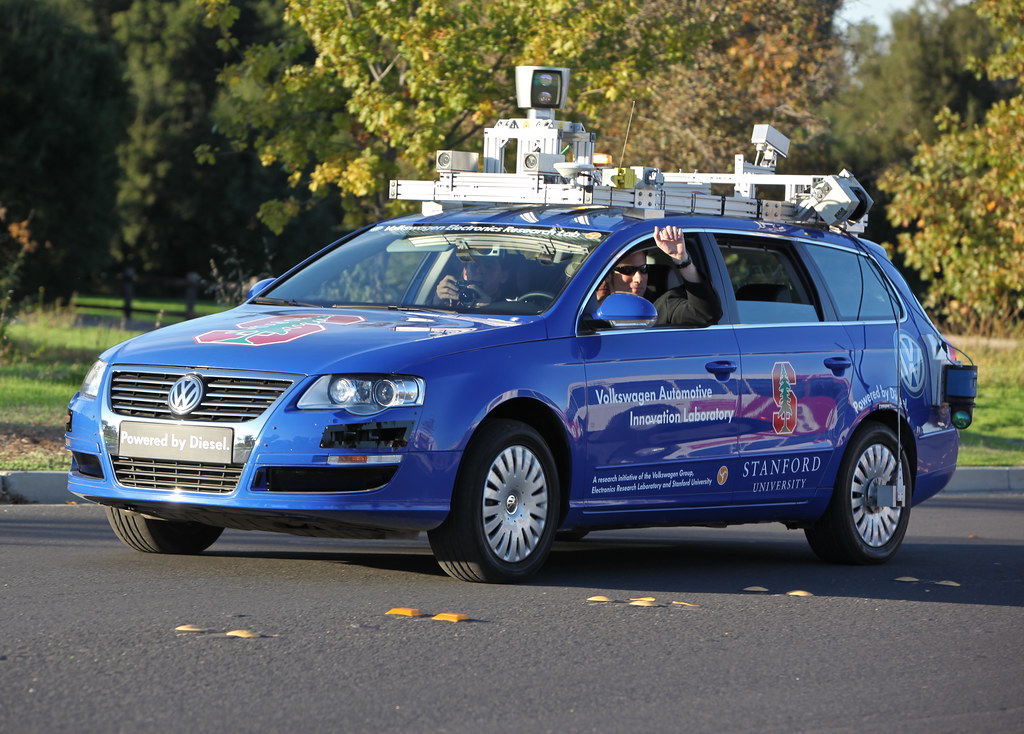
The world of car insurance is rapidly evolving, moving beyond traditional factors like age and accident history to embrace a more personalized approach. This shift is largely driven by telematics technology, which allows insurance companies to monitor individual driving behavior in real-time. For many drivers, this presents a compelling opportunity to save money on their premiums by demonstrating safe driving habits. However, it also introduces a new layer of scrutiny, making it essential for consumers to understand precisely how their driving data is being collected and used.
Usage-based insurance (UBI) programs, often referred to as “black box car insurance,” utilize this technology to offer rates tailored to how you actually drive. Whether through a mobile app running in the background of your smartphone or a physical device plugged into your car’s On-Board Diagnostics II (OBD-II) port, insurers are collecting extensive information. This data captures a spectrum of driving habits, from the mundane to the potentially risky, all with the goal of building a comprehensive driver profile.
Understanding these monitoring methods is crucial for any driver considering a UBI program. Before enrolling, it’s vital to know what behaviors are tracked, how they might affect your rate, and what potential benefits or drawbacks you might encounter. This in-depth look aims to demystify the process, revealing the 14 critical ways car insurance companies keep a digital eye on your driving behavior, starting with some of the most fundamental actions.
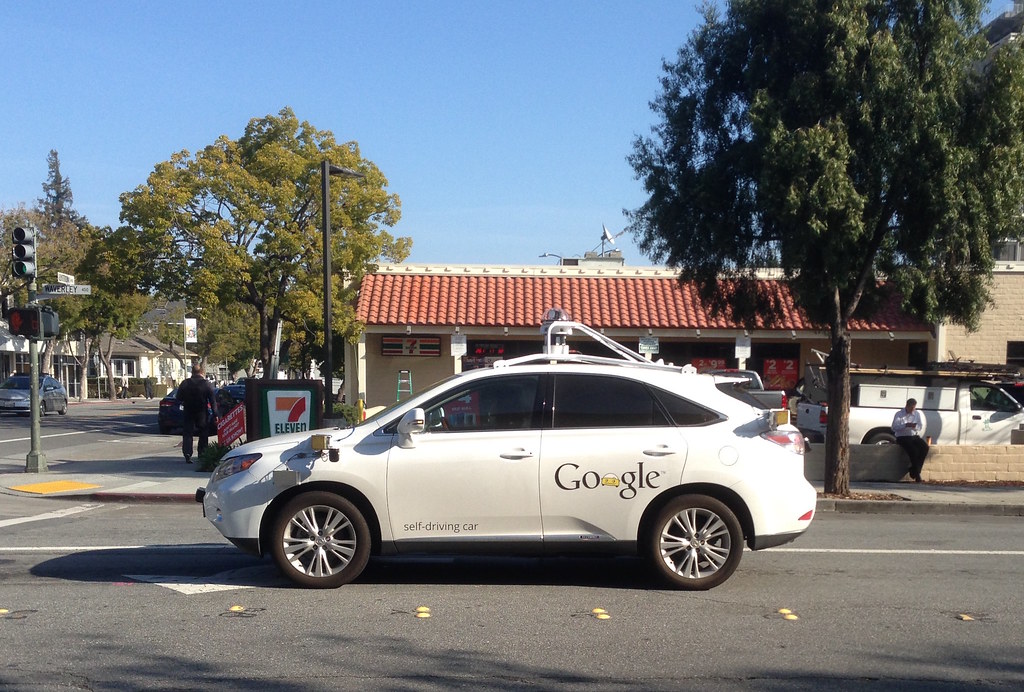
1. **Hard Braking Incidents**One of the most commonly tracked behaviors by car insurance telematics programs is hard braking. This refers to instances where a driver applies the brakes suddenly and forcefully, causing a rapid deceleration of the vehicle. Insurers monitor hard braking because it can be a strong indicator of aggressive driving habits, poor anticipation skills, or a tendency to follow other vehicles too closely. Such behaviors inherently increase the risk of rear-end collisions or other types of accidents.
The technology behind this tracking, whether through a mobile app or a plug-in device, utilizes internal sensors like accelerometers to detect abrupt changes in speed. When these sensors register a significant, rapid decrease in velocity over a short period, it’s logged as a hard braking incident. While an occasional hard brake might be necessary to avoid an unexpected obstacle, a pattern of frequent hard braking can negatively impact a driver’s risk profile.
Insurance companies use this data to assess a driver’s overall safety score. If a driver consistently exhibits hard braking incidents, it suggests a higher likelihood of being involved in an accident, which could lead to reduced discounts or, in some programs, even an increase in premiums. As one car insurance representative aptly put it, drivers should “think of it like driving with a cup of coffee in your console… You don’t want to slam on the brakes or floor the accelerator so the coffee spills.” This simple analogy highlights the insurer’s preference for smooth, controlled driving.
Read more about: 10 Unexpected Ways Your New Car Insurance Policy Can Beat Your Old One’s Price
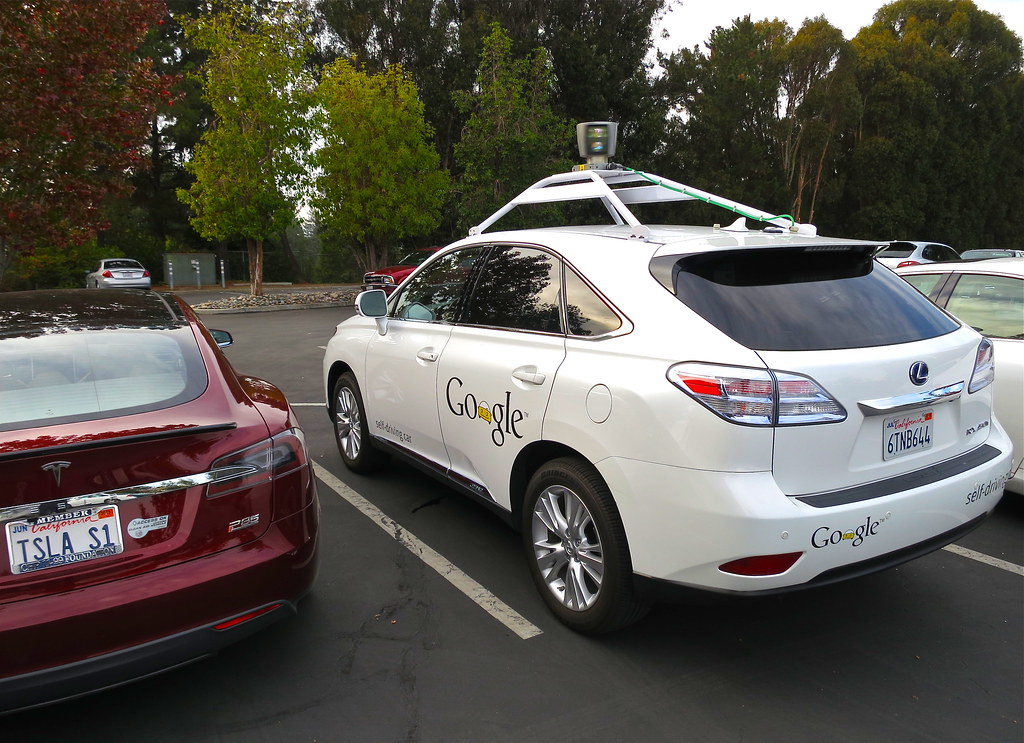
2. **Aggressive Acceleration**Mirroring the concerns around hard braking, aggressive acceleration is another significant driving behavior that telematics systems diligently monitor. This involves rapidly pressing the accelerator to achieve a swift increase in vehicle speed, often indicative of an impatient or overly assertive driving style. Insurers view quick acceleration as a potential risk factor because it can lead to a loss of vehicle control, especially in challenging road conditions, and often accompanies other risky behaviors like speeding or tailgating.
Just like hard braking, the detection of aggressive acceleration relies on the same sophisticated sensors embedded within smartphones or OBD-II devices. These accelerometers measure the rate at which your vehicle gains speed. A consistent pattern of high-force acceleration events will be flagged by the system, contributing to a less favorable driving score. Insurance companies are looking for what State Farm refers to as “smooth and consistent driving,” and aggressive acceleration directly contradicts this ideal.
Gina Morss-Fischer from State Farm emphasized the danger, noting that “quick acceleration… can make a car hard to control.” Repeated instances of such behavior can signal to your insurer that you are a higher-risk driver. While an isolated rapid acceleration might be necessary in specific situations, a continuous habit could result in diminished savings or even an increase in your insurance premium, as it indicates a departure from the calm, controlled driving style preferred by insurers.
Read more about: Are You Driving a ‘Show-Off’ Vehicle? The Top 10 Car Brands Prone to Speeding Tickets

3. **Excessive Speeding**Perhaps one of the most obvious and universally recognized risky driving behaviors, excessive speeding is a primary focus for car insurance telematics programs. Speeding involves driving a vehicle above the legally posted speed limit, a habit directly correlated with an increased likelihood and severity of accidents. Insurance companies meticulously track this behavior because it represents a clear and quantifiable risk factor that can have substantial implications for both driver safety and insurance costs.
Telematics systems leverage GPS technology to pinpoint your vehicle’s location and compare its speed against databases containing local speed limit information. This allows the system to accurately detect when a driver is exceeding the legal limit. State Farm, for example, specifies that its mobile app will register speeding when a driver is going “8 miles per hour or more over the speed limit,” demonstrating a clear threshold for what constitutes a monitored infraction within their system.
A consistent record of excessive speeding will almost certainly lead to a less favorable driving score, directly impacting potential discounts or even resulting in higher premiums. The “old maxim of ’10 miles an hour over the limit or less won’t get you in trouble’ isn’t true in this case” when it comes to telematics programs. For insurers, every mile per hour over the limit represents an elevated risk, and their monitoring systems are designed to capture these details to provide a more accurate assessment of your driving risk.
Read more about: Are You Driving a ‘Show-Off’ Vehicle? The Top 10 Car Brands Prone to Speeding Tickets

4. **Sharp Cornering Maneuvers**Beyond straight-line acceleration and braking, car insurance companies also pay close attention to how drivers navigate turns and curves through the tracking of sharp cornering maneuvers. This behavior involves taking corners at speeds that are too high for the given road conditions, or with an aggressive, sudden steering input. Such actions can indicate a lack of vehicle control, an aggressive driving style, or an underestimation of road conditions, all of which elevate the risk of skidding, losing control, or even rolling over in extreme cases.
The technology used to monitor sharp cornering combines GPS data, which tracks the vehicle’s path, with the accelerometer data that measures lateral G-forces. When a vehicle takes a turn rapidly, these sensors register significant sideways motion and force, which the telematics system interprets as a sharp cornering event. This comprehensive data capture allows insurers to build a detailed picture of a driver’s behavior not just on straight roads, but also through more complex driving scenarios.
For insurance companies, frequent sharp cornering is a clear signal of risky driving. It contributes negatively to a driver’s overall safety score, potentially diminishing the discounts offered by usage-based insurance programs or leading to increased rates. Much like the “cup of coffee” analogy for braking and acceleration, smooth and controlled negotiation of turns is what insurers seek, reflecting a driver who is attentive, anticipates road conditions, and prioritizes safety over aggressive maneuvers.
Read more about: The Crooked Truth: 15 Angles That Turned Top Trucks into Total Tragedies

5. **Distracted Phone Usage While Driving**In an age dominated by smartphones, distracted phone usage while driving has emerged as one of the most significant and dangerous behaviors monitored by car insurance companies. This refers to any interaction with a mobile device—such as texting, browsing, or even simply holding it—while the vehicle is in motion. Insurers consider this a paramount risk factor because, as Gina Morss-Fischer of State Farm highlighted, distracted driving is “one of the highest predictors of accidents.” The momentary lapse in attention can have catastrophic consequences, making it a critical metric for telematics programs.
While device-based programs (plug-ins) are generally unable to detect phone use, the increasingly prevalent app-based programs are highly adept at it. These apps leverage the various sensors within your smartphone, including GPS and proximity sensors, to determine if you are interacting with your device while driving. State Farm’s “Drive Safe & Save” app, for example, specifically registers phone distraction if three conditions are met simultaneously: “the vehicle is moving, the phone moves locations within the car, and the phone’s screen is on.” This sophisticated detection mechanism aims to distinguish genuine distraction from passive phone presence.
The impact of detected phone usage on a driver’s insurance premium can be substantial. Consistently engaging in distracted driving will almost certainly lead to a poor safety score, directly jeopardizing potential discounts and potentially resulting in increased rates. The message from insurers is clear: the best course of action is to avoid using your phone while the car is in motion. If absolutely necessary, hands-free or Bluetooth technology is recommended to maintain focus on the road and ensure safer driving.
Read more about: 15 Critical Traffic Laws: How 12 States Are Intensifying Enforcement Right Now
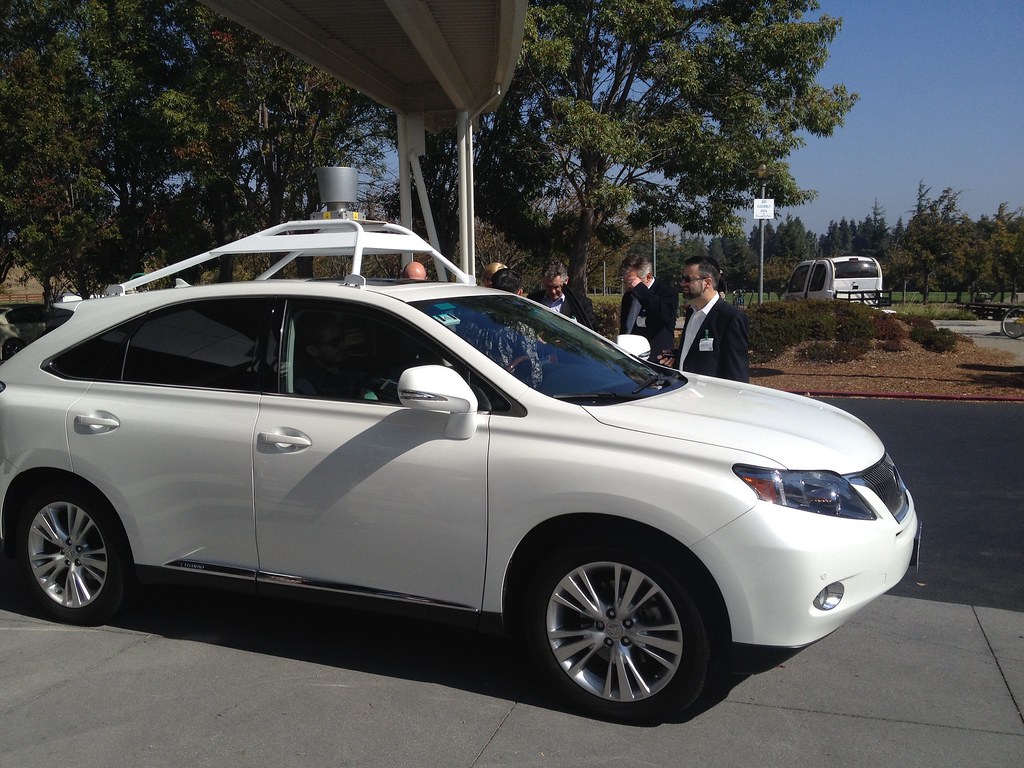
6. **Driving During High-Risk Times**Beyond specific driving actions, car insurance telematics programs also monitor when you drive, specifically focusing on periods statistically identified as high-risk. This involves tracking whether you operate your vehicle during hours that have a higher incidence of accidents, particularly fatal ones. Insurers incorporate this data because “research shows most fatal accidents occur when the sun is setting or has already set,” making driving during these periods a quantifiable risk factor, regardless of individual driving skill.
The monitoring of driving times is straightforward, typically utilizing the smartphone’s or plug-in device’s internal clock synchronized with GPS data. This allows the system to log the exact hours you are on the road. The context highlights specific peak times for fatal crashes: “in the fall and winter, the peak time for fatal crashes was 4 p.m. to 8 p.m.,” while “in the spring and summer, when the sun sets later, fatal crashes tend to peak between 8 p.m. and midnight.” These are the windows insurers are particularly interested in.
For drivers who frequently travel during these high-risk periods—such as those with late-night shifts or long evening commutes—this monitoring aspect could lead to fewer available discounts or even a potential increase in rates, even if their driving behavior during these hours is otherwise exemplary. Programs like Geico’s and Allstate’s explicitly “recommend not driving late at night” to maximize savings. It’s a pragmatic approach by insurers to mitigate risk associated with environmental factors and visibility.
Read more about: Revving Up the Reels: The Mind-Blowing Costs and Behind-the-Scenes Secrets of 14 Iconic Car Stunts by Top Action Stars
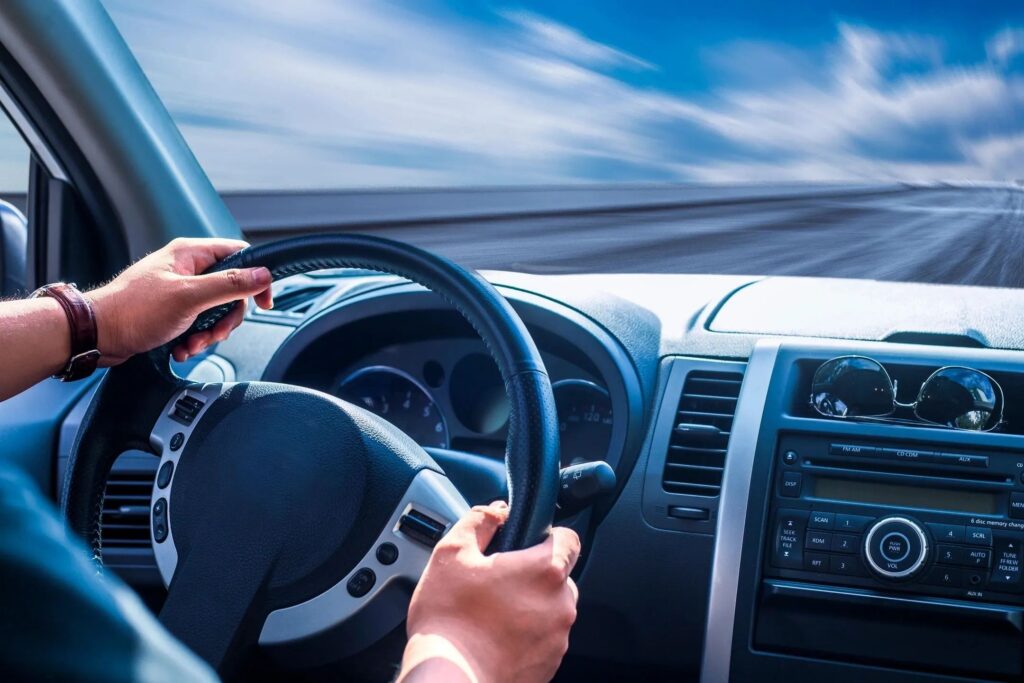
7. **Total Mileage Accumulation**Another fundamental aspect of driving behavior scrutinized by car insurance companies through telematics is the total mileage accumulated by a driver. This refers to the overall distance a vehicle travels over a specific period, typically tracked on a monthly or policy renewal basis. Insurers monitor mileage because, as Gina Morss-Fischer from State Farm explained, “the more you’re on the road, the more likely an accident could occur.” Statistically, increased exposure to road conditions and other drivers naturally heightens the probability of an incident.
Mileage tracking is primarily achieved through GPS data collected by either a mobile app or a plug-in device. The system logs the distances covered, providing a cumulative total that feeds into the driver’s risk assessment. While usage-based insurance (UBI) primarily focuses on *how* you drive, mileage remains a critical component because it establishes the baseline exposure level for any driving behaviors observed.
Higher mileage accumulation can often correlate with a higher perceived risk, potentially leading to reduced discounts or, in some cases, higher premiums within UBI programs. This is a crucial distinction from “pay-per-mile” insurance, which *only* bases its variable rate on mileage. In UBI, mileage is one of several factors contributing to the overall risk profile. Therefore, individuals with long commutes or those who drive extensively for work or leisure should be aware that their total mileage will be a factor in their insurance premium calculations, making program choice essential.
Navigating the complexities of telematics means understanding not just isolated actions, but also the broader picture insurance companies construct from your data. Beyond specific maneuvers, insurers delve into more nuanced aspects of your driving, aiming to create a comprehensive risk assessment. This includes how all your behaviors are aggregated, where and when you drive, and even how you interact with the tracking system itself. As we continue, we explore the remaining seven sophisticated ways car insurance companies monitor your driving behavior, revealing how these factors intertwine to influence your insurance rates. These methods provide a deeper insight into the intricate web of data collection that defines modern usage-based insurance programs.
Read more about: Unlocking Inner Strength: 12 Enduring Mental Strategies Marathon Runners Employ to Conquer the Ultimate Test of Pain and Perseverance

8. **Overall Driving Score and Patterns**While individual incidents like hard braking or speeding are critical, car insurance companies ultimately synthesize all collected data into a comprehensive overall driving score or profile. This score is not merely a sum of discrete events but a dynamic assessment of a driver’s consistent patterns over time. It reflects the cumulative impact of various behaviors, offering a holistic view of driving habits rather than focusing solely on isolated instances.
William V. Powers, CEO and founder of Cambridge Mobile Telematics, explains that “All of these risk metrics contribute to the driver’s overall score, which determines how much money they’ll save on their premium.” This emphasizes that the individual metrics discussed previously are components of a larger, integrated evaluation. Insurers are looking for “smooth and consistent driving,” as highlighted by State Farm, meaning a steady demonstration of safe practices across different scenarios.
This consolidated score directly informs your insurance premiums and potential discounts. A favorable score, built on a consistent record of safe driving patterns, signals lower risk to the insurer, translating into better rates. Conversely, a pattern of frequently risky behaviors, even if not severe in every single instance, can negatively impact this score, leading to reduced savings or potentially higher premiums in some programs.
Read more about: From Crude Sticks to Smart Sensors: 12 Game-Changing Baseball Equipment Innovations

9. **Geographic Location and Road Context**Car insurance telematics programs extend their monitoring beyond just *how* you drive to include *where* you drive, leveraging GPS data to log your geographic location and the paths you frequent. This allows insurers to gather insights into the safety and characteristics of the roads and areas you navigate regularly. While insurers are “mainly concerned with how you drive rather than where you drive,” the location data provides crucial context for risk assessment.
By tracking “Paths driven (safety of roads/areas you frequent),” insurers can implicitly factor in the inherent risks associated with certain routes or locations. For instance, frequent driving on congested urban roads or accident-prone highways might be weighted differently than consistent travel on quieter suburban streets, even if the driving behavior itself remains exemplary. This layer of geographic data helps create a more complete picture of your exposure to risk.
This monitoring mechanism allows companies to understand the environment in which you typically operate your vehicle. While specific penalties for driving in certain areas are not always transparently disclosed, the collection of this data means it contributes to your overall driver profile. For consumers, understanding that not just their actions but also their environment is observed can be a significant consideration before enrolling in a UBI program.
Read more about: Mastering the Art of Funding: 13 Simple Steps to Craft a Business Plan That Captivates 12 Major Investors
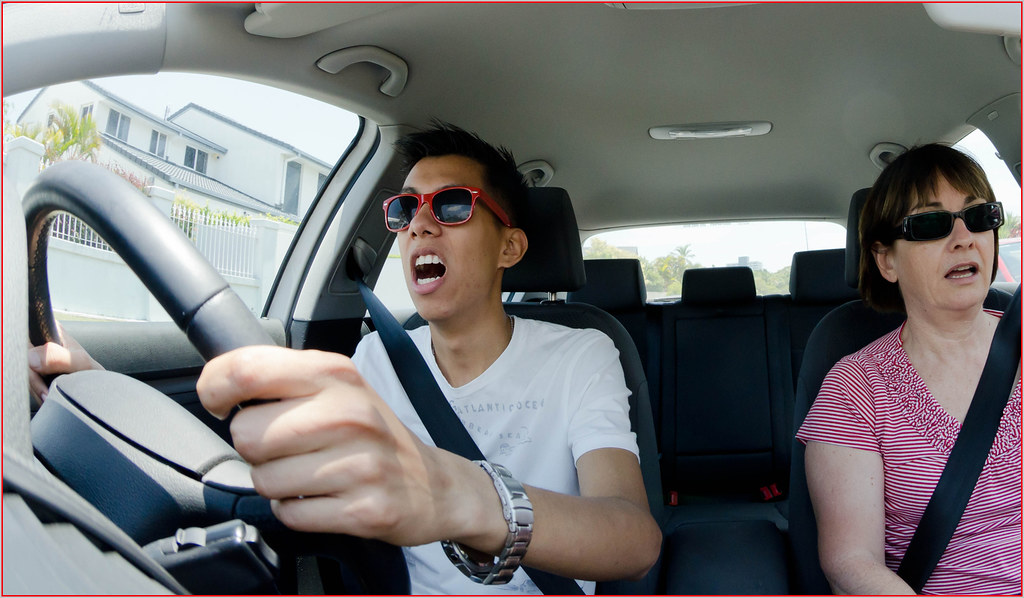
10. **Interaction with the Tracking App/Program**Beyond passive data collection, some insurance programs also implicitly monitor a driver’s engagement with the telematics app itself. This subtle form of monitoring recognizes that active participation and responsiveness to feedback can be an indicator of a driver’s commitment to improving their habits and, by extension, reducing risk. While not a direct measure of driving behavior, it reflects an underlying willingness to engage with the safety objectives of the program.
William V. Powers noted that “drivers who engaged with their UBI app frequently reduced their risky driving behaviors significantly.” This suggests that insurers recognize the value in drivers actively checking their scores, reviewing feedback, and making conscious efforts to modify their driving. Such engagement can lead to tangible improvements in habits like reduced distraction, speeding, and hard braking.
Therefore, a driver’s interaction with the tracking app can be seen as a positive signal, indicating a proactive approach to safety. While the direct impact on premiums might not always be explicit, this engagement contributes to the overall perception of a responsible driver, which can reinforce a favorable risk profile within the UBI ecosystem.
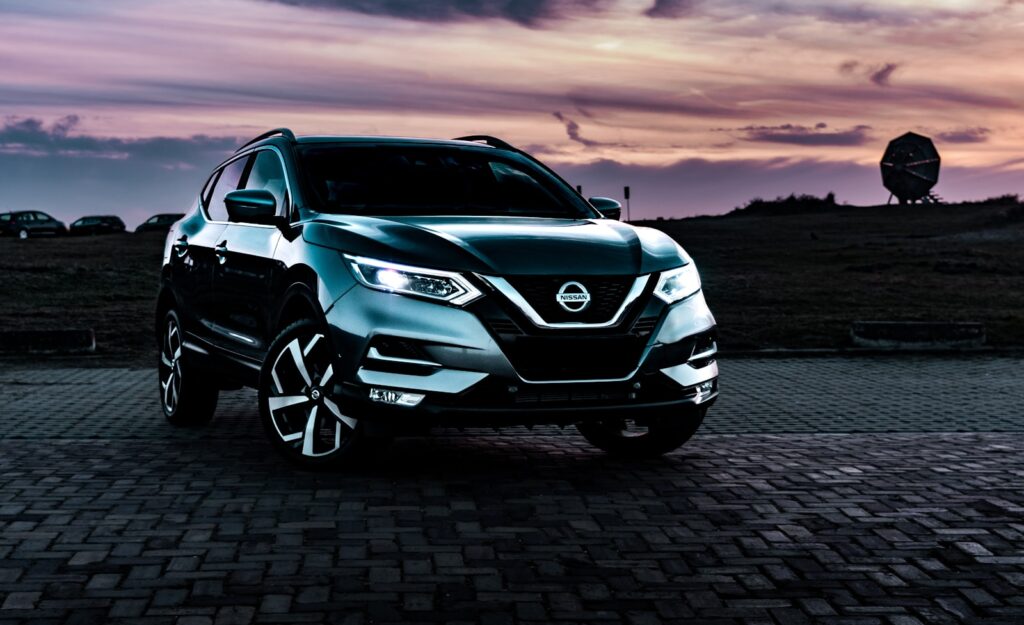
11. **Disputing Inaccurate Data (Passenger vs. Driver Detection)**One of the nuanced challenges in telematics is accurately identifying when the policyholder is actually driving versus merely being a passenger in a moving vehicle. Car insurance tracking programs, particularly app-based ones, utilize a combination of your phone’s GPS and sensors, along with movement and pattern analysis, to determine when you are operating a vehicle. However, these systems are not infallible and can sometimes misattribute a passenger’s phone usage or movement to the driver.
To address this, many programs have built-in functionalities that allow users to dispute or correct instances where the app mistakenly logged them as a driver when they were, in fact, a passenger. This feature highlights a sophisticated layer of monitoring that aims for data accuracy, recognizing the limitations of purely automated detection. It demonstrates an attempt to refine the collected data, ensuring that only relevant driving behaviors are assessed for the policyholder.
This ability to correct data is a crucial aspect of consumer control within a UBI program. It empowers drivers to maintain an accurate profile, preventing unfair assessments based on false positives. For consumers, it is essential to be aware of this feature and actively utilize it to ensure that their driving score truly reflects their personal habits, not those of a shared ride.
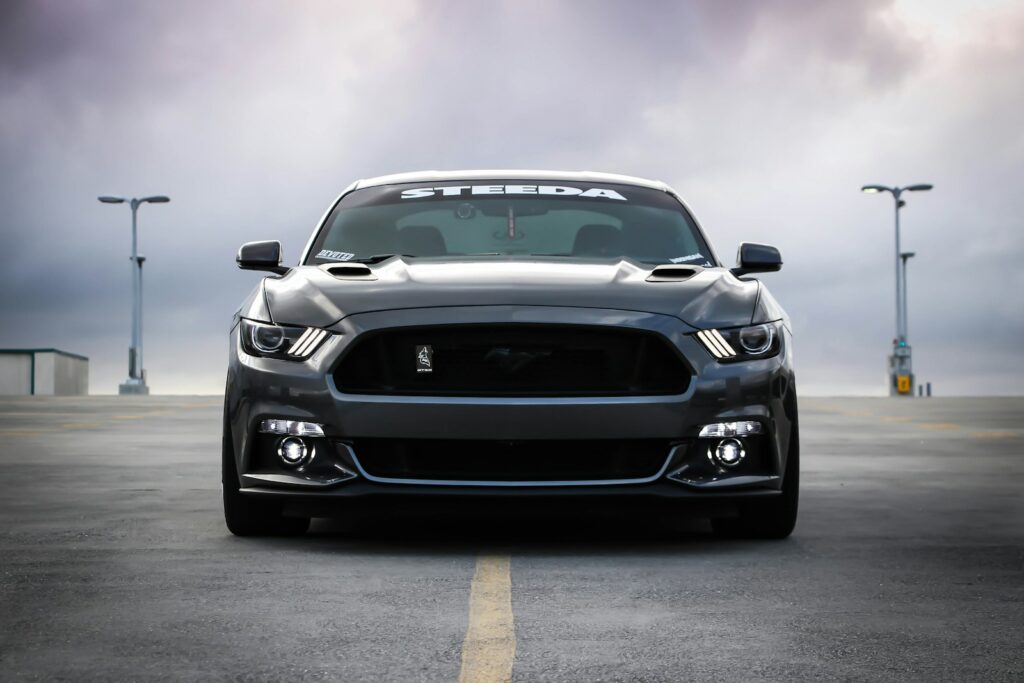
12. **Contextual Gaps and Algorithmic Inference**Car insurance companies, in their pursuit of accurate risk assessment, rely heavily on algorithms to interpret the vast amounts of sensor data collected by telematics devices. However, privacy experts and researchers, like Helen Nissenbaum, a professor of information science at Cornell Tech, point to a significant limitation: these algorithms often operate without full, real-world context. This means the monitoring system may record an action without understanding the specific circumstances that necessitated it.
Nissenbaum notes that “The insurance companies are talking as if they can reliably infer safe driving from whatever the sensors in our phones happen to generate without consideration for context.” This critical observation underscores that while raw data is captured, the nuances of a driving situation—such as a sudden acceleration to avoid a potential collision—might be misinterpreted as aggressive driving. Such inferences are based on probabilities derived from general driving patterns rather than individualized situational awareness.
An example often cited is rapid acceleration. While typically seen as risky, “fast acceleration is a sign of a good driver” in situations where it’s needed to avoid getting rear-ended or merge safely into fast-moving traffic. The reliance on algorithmic inference without comprehensive contextual understanding can lead to a less-than-perfect assessment of a driver’s true safety, potentially affecting rates based on incomplete information.

13. **Crash Detection and Incident Reporting**Certain advanced telematics programs, such as Allstate’s Drivewise, incorporate crash detection features. While primarily designed as a safety benefit to automatically call for help in the event of an accident, this functionality also serves as a direct form of monitoring and incident reporting. The system’s ability to detect a collision means it records an event that is of paramount interest to an insurance provider, providing immediate data related to the incident.
This monitoring aspect moves beyond proactive risk assessment to reactive incident response. In the unfortunate event of a crash, the telematics device or app can provide valuable data points, such as speed at impact, sudden deceleration, and location, potentially influencing the claims process or subsequent risk assessment. The presence of crash detection reinforces the comprehensive nature of UBI monitoring, extending its scope to post-incident data capture.
For drivers, the dual nature of crash detection—as both a safety net and a data-gathering tool—is important to recognize. It offers peace of mind knowing that assistance can be summoned automatically, but it also means that definitive accident data is immediately available to the insurer. This integration of safety features with monitoring underscores the evolving capabilities of telematics technology.
Read more about: The 13 Most Common Causes of Car Fires That Mechanics Want You to Know to Keep You Safe

14. **Frequency and Consistency of Behaviors Over Time**Instead of penalizing every single instance of a slightly risky maneuver, car insurance companies tend to analyze the frequency and consistency of behaviors over a prolonged period. This approach recognizes that occasional deviations may be unavoidable, but a consistent pattern of unsafe habits is a stronger predictor of future risk. As one car insurance representative explained using the “cup of coffee” analogy, the company focuses on “an average of my overall driving behaviors,” rather than isolated incidents.
This long-term perspective means that a single rapid acceleration to avoid a hazard is less likely to significantly impact your rate than a continuous habit of quick accelerations throughout your driving. Insurers typically calculate whether a driver has earned a discount, or if their rate will change, at the time of policy renewal, which usually occurs every six months. This allows for a comprehensive review of driving patterns rather than reacting to every momentary lapse.
Therefore, maintaining consistent safe driving habits over the entire policy period is crucial for maximizing savings. Drivers should aim for sustained “smooth and consistent driving” rather than just being mindful during short evaluation windows. This nuanced monitoring of behavioral frequency emphasizes that long-term commitment to safe driving is what truly translates into benefits within usage-based insurance programs.
Read more about: Why Walking Is Your Health’s Best Friend: 12 Proven Benefits and Practical Tips for a Longer, Healthier Life
As we’ve explored the intricate methods car insurance companies use to monitor driving behavior, it’s clear that usage-based insurance is a transformative force in the auto insurance landscape. For diligent drivers, these programs offer a tangible path to lower premiums, incentivizing safer habits and potentially leading to a reduction in accidents. The transparency, or lack thereof, regarding algorithms and data usage remains a critical discussion point for consumers. Ultimately, understanding how your driving is tracked, from individual actions to overall patterns and app engagement, empowers you to make informed decisions about whether a UBI program aligns with your driving style and privacy preferences. By taking control of your driving data, you can navigate the road ahead with both greater safety and potential savings. The choice to embrace this technology, with its benefits and considerations, is now a personal one that demands a well-informed perspective.



